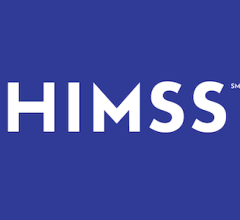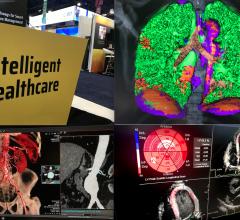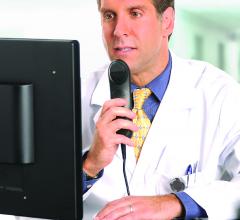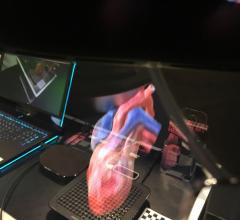
Getty Images
During a Philips international media roundtable at HIMSS22, Mandi Bishop, vice president analyst at Gartner, a technological research and consulting firm, presented the trends and top predictions in healthcare and life sciences for 2022. She talked about the tsunami of business drivers over the past decade that are influencing these predictions, and stressed that the industry is past the point of disruption and into being an industry that has been disrupted.
“When we think about industry and structural change, we're talking here about the continuous vertical integration that has only been accelerating over the past couple of years. We're talking about how COVID-19 has been demonstrating that our continued reliance on fee-for-service medicine is not resilient, and we must be moving towards a more value-based care environment,” she expressed to the audience. “We're also talking about those increasingly conventional unconventional competitors, such as retailers and financial services institutions. Our next driver is the degree of ecosystem risk and uncertainty that continues to persist. This is the new recognition of the importance of that pandemic.”
Bishop said that understanding the rate of disruption and the scale of disruption, and really getting a sense for what disruption truly means, is essential. “This is about a polarized public and the resulting government whiplash of policies This is about the critical clinical and home staffing shortage that has only been exacerbated with the great resignation. And finally, this is about sustainability, not just of our business models, but the sustainability of public trust and even the planet itself,” she stressed.
She outlined the business drivers that result in Gartner’s top predictions:
- Industry structural change
- Degree of ecosystem risk and uncertainty that continues to exist.
- Strategic technology change
- Total experience transformation
- Medical technology innovation
These business drivers play into the top predictions, which include:
Hospital-at-home
By 2025, 40% of healthcare providers will shift 20% of hospital beds to the patient’s home through digitally enabled hospital-at-home services, improving patient experience and outcomes and reducing the cost of care.
Healthcare Marketplace
By 2025, a digital commerce platform and marketplace for healthcare services will connect 20% of all consumers, payers and providers.
Payer Disintermediation
By 2025, 10 major employers will disintermediate payers’ provider networks by contracting directly with a major retailer to deliver low-acuity care, chronic disease management and ancillary health and wellness services to employees.
Cybersecurity Losses
By 2025, 75% of the top 20 life science organization swill suffer digitalization-related cybersecurity issues resulting in $10B in lost revenue.
Ditial Access = Vital Sign
By 2023, public health officials will report that a lack of virtual healthcare access contributed to 5% of global deaths due to disease.
Bishop recommends staying ahead of these predictions and being prepared for the potential futures by investing in hospital-at-home technologies and inform business and operating model adaptions, and to prioritize real time, automated, interoperable data and workflows for marketplace participation enablement. She suggests establishing interstitial value proposition for retailers and hyperscalers, and to evaluate cybersecurity mesh and privacy enhancing computing. And finally, Bishop recommends cultivating digital sensitivity and implementing accommodations for digitally vulnerable populations.



 November 15, 2024
November 15, 2024 








